Achilles Tendon Pain
The Achilles tendon is unfortunately very vulnerable when it comes to sports and physical activity, in fact, it's one of the most frequently injured tendons in the body.
You can pick up various different types of Achilles injuries as they can be affected by overuse, repetitive strain and acute injuries.
It is therefore quite difficult to diagnose an Achilles injury because of the different injury incidents that could occur.
You might think this is the origin of the phrase "Achilles' heel" but the real story behind that is part of the Greek Mythology of Achilles.
The original story was that Achilles was held by his ankles and dipped into the River Styx which made the rest of his body invulnerable except for his heels.
That's not the topic of this buyer's guide so I won't get into it too much, hopefully, it helped you learn something new though or at least made you feel better about your Achilles Tendon injury.

What are the different types of Achilles tendon injuries:
- Achilles tendonitis
- Achilles tendinosis
- Ruptured Achilles tendon
The image shows how the tendon looks in each of these cases and how it should look when it's healthy. As you can imagine, a ruptured Achilles is the most severe in all aspects.
It's not as bad as it looks though, you'd still be able to walk and in some cases, you can even still stand on your toes but it might not be a very enjoyable experience.
Causes of Achilles tendon pain
As mentioned above, Achilles tendon pain can be caused by tendon damage or a complete rupture. Repetitive Stress is the main direct cause of Achilles tendon injuries but that is quite a broad term so we'll go through the ways your Achilles tendon can become damaged or irritated. The risk factors that increase the likelihood of an injury happening are:
- Wearing the wrong shoes or doing activities on a bumpy surface
- Higher intensity when playing sports
- Starting a new physical activity or sport
- Not warming up properly, especially calves
- Bone spurs on the heel
Signs and symptoms of an Achilles Injury
As mentioned earlier, you will still be able to walk with an Achilles tendon rupture so although it is easy to identify an Achilles tendon injury, it's hard to figure out how bad the injury is. You can usually tell if it's a rupture if you're able to hear a popping sound but if you're an athlete or in an environment where you can't accurately associate the sound with a rupture then a Doctor will be able to properly identify the type of injury.
You should always consult a doctor or sports medicine professional if you suspect that you have an Achilles tendon injury but here's a list of signs and symptoms that you may have if you have Achilles tendinitis, Achilles tendinosis or a ruptured Achilles:
- Pain that intensifies with activity, usually along the back of the leg or close to the heel
- Pain specifically in the Achilles tendon after exercise and the tendon may feel thicker
- Swelling that intensifies with activity
- Flexing the foot becomes more difficult
- Bone spurs on the heel bone
There are a few other ways you can gauge how injured your Achilles tendon is, testing the range of motion of your ankle can help. This means rolling your ankle around and seeing how much you can manage without causing yourself too much pain. Feeling around can help you find any swelling or bone spurs but the proper medical experience is required to do this accurately so only ever use this as a way of assessing yourself

Treating Achilles Tendon Pain
As with any injury, the treatment of Achilles tendon damage depends on how severe the injury is because you can't really treat a rupture the same way you would if you were treating tendonitis.
Treatment should also be approached the same way as a diagnosis - it should always be left up to the professionals.
If you are in an unfortunate position and don't have access to someone that can help then the POLICE principle is a good guideline for injury management.
The acronym will soon be replaced by PEACE & LOVE but the principle we mentioned is a lot simpler and easier to follow.
One of the key changes is to avoid anti-inflammatories though which is important to remember because swelling, although sometimes painful, actually helps you to recover faster.
You can still take anti-inflammatories for pain relief after the initial injury incidence but the point is that you shouldn't take them unless it is really necessary.
Strengthening the calves is a really effective way of treating Achilles tendon injuries. This is because stronger calf muscles will help to take some weight off the tendon. Low impact exercises are great for slowly rehabbing the tendon and getting used to exercising again.
Try to avoid doing Heel raises until you've recovered a little bit and then you could probably use them primarily for strengthening to avoid re-injury or future Achilles tendon injuries, discuss this with your physiotherapist for proper guidance as each person is different.
Although heel raises aren't a good idea for recovery, gel heel cups and cushioning insoles can help give support and take a lot of impact off walking and everyday activities. Please read our Heel pain guide to learn about the use of heel lifts and heel pads.
In a lot of cases, especially with complete tears but also with quite a few more minor cases; surgery will probably be required. This can mean surgery to
- repair the tendon
- remove bone spurs
- lengthen the calf muscles
- remove damaged tissue
- a procedure that involves moving another tendon which provides more support
It is however important to note that surgery isn't always a complete solution and can sometimes cause more complications such as pain and a longer recovery time. Surgery also doesn't massively reduce your chance of re-injury.
Achilles Tendonitis Strapping Technique
This is an example of how to use EAB strapping to provide extra support to the Achilles tendon which is helpful for managing Achilles tendonitis. Please take a look at our kinesiology taping techniques to see how you would apply kinesiology tape for Achilles tendon injuries
Products for treating Achilles Tendon Pain

The Achilles Heel Pad is a lightweight, comfortable, toeless sleeve that comforts, cushions, and protects the Achilles area while releasing medical-grade mineral oil to help soften and moisturize the skin.
It has a soft, conforming gel pad that protects the posterior of the heel from pressure, impact, and friction
The Silipos Achilles Heel pad provides gentle compression and dissipation of pressure around the inflamed area
It can also be used in a wide range of footwear to prevent irritation and Achilles tendon pain.

This elastic wrap-around ankle support provides durable support for weak or injured ankles.
Latex-free, neoprene-free and engineered for quick drying and exceptional breathability.
It's easy to apply and can be adjusted according to the level of support or compression needed which makes it great for supporting both the ankle and Achilles tendon.

This is the best support when it comes to ankle supports, used by Andy Murray and superior in terms of strength and design.
It can be used for all Achilles tendon injuries and can help provide that extra bit of support needed after you've recovered from surgery or if you had a rupture.

As mentioned earlier, heel lifts can help to take some weight off the tendon and help you to recover better.
It can therefore help to alleviate pain and reduce stress on the tendon and lower leg.

This is the most effective ankle brace for providing full support without aggravating your Achilles Tendon.
It has a full elastic back that ensures complete unrestricted blood flow to the tendon and virtually eliminates the chance of blistering.
The internal U-shaped spiral stays provide extra support and further minimize the chance of ankle injury.

Heel cups can be used for Achilles Tendonitis as they help provide the support that is lost when the tendon is damaged by raising the heel.
In addition to elevating the heel, the cups also help to cushion the back part of the foot so that you can put more weight on it.

If you're a therapist or have regular injuries then the Wavestone is an amazing tool for pain relief and treating various different things from muscle tension to providing targeted pain relief.
The shape of the wavestone also makes it useful on parts of the body like the Achilles Tendon which can be quite hard to reach with other tools.

For a ruptured Achilles, you may have to completely immobilise the ankle, especially if you've just had surgery or are about to have surgery.
This walking boot even offers pneumatic compression which is one of the best ways to treat an injury and recover.

This product is not meant for use on the Achilles tendon but it can be extremely useful for your calves if you develop tense or painful calves.
You simply roll it up and down your calf to massage the muscle and this can help relieve some pain in both your calf and ankle.
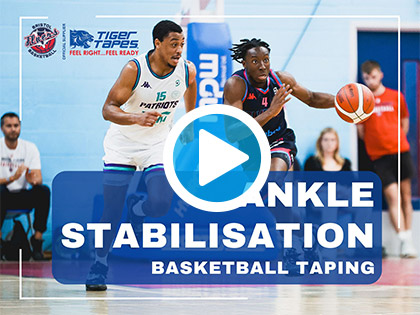
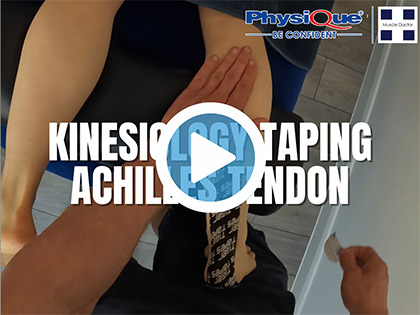
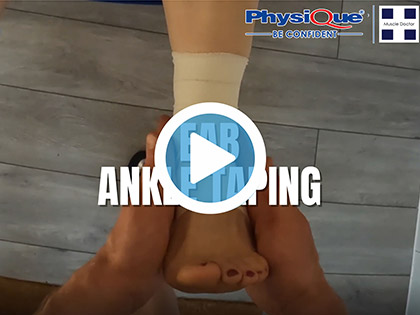
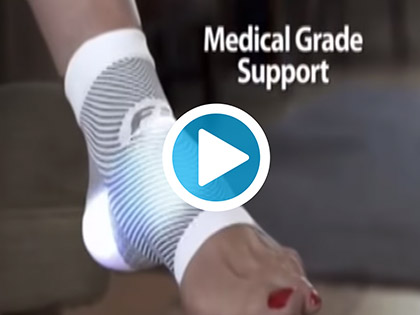
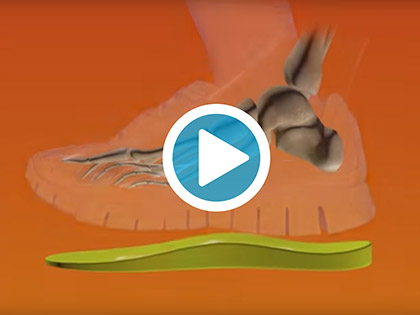
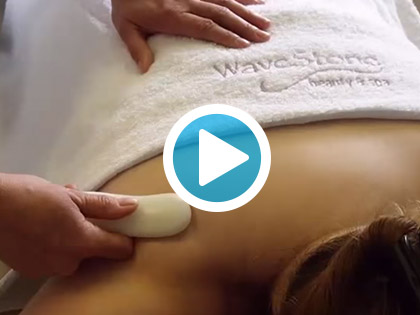
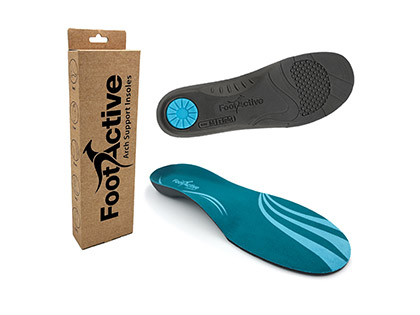
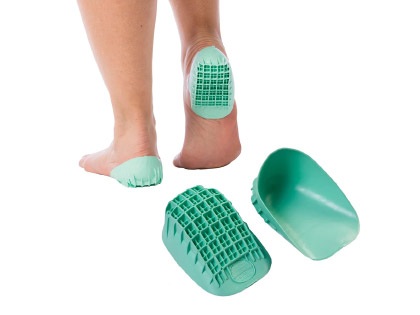
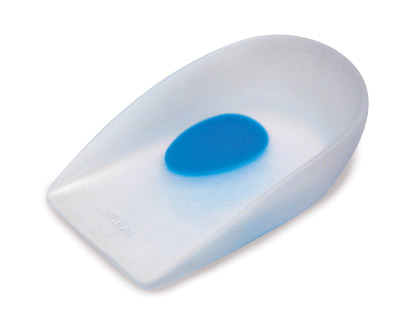
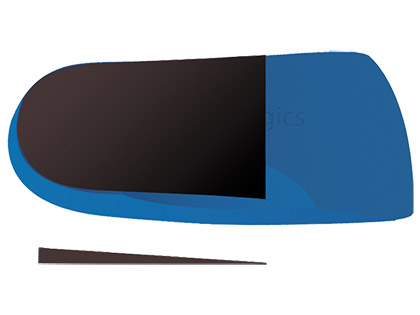
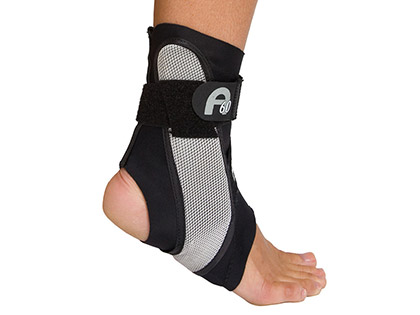
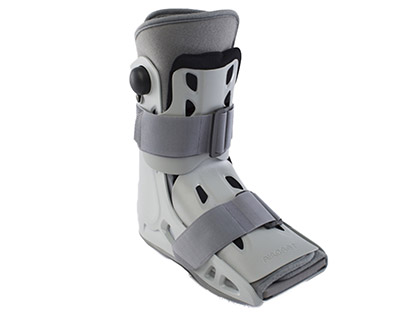
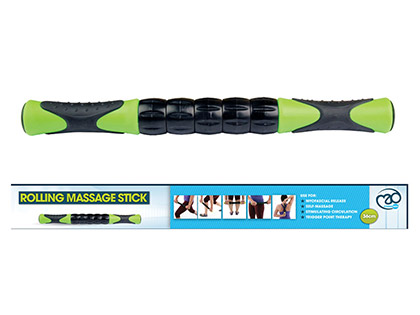

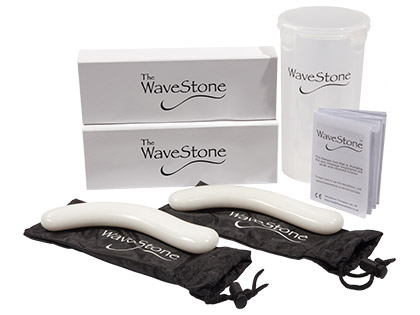
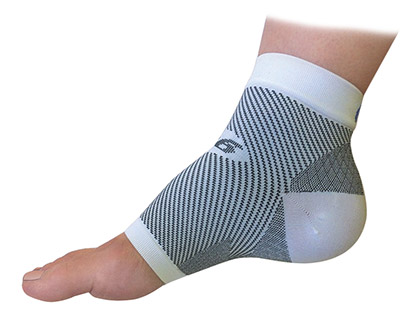

Did you find this article useful?
Why not share this with a colleague, patient or friend?